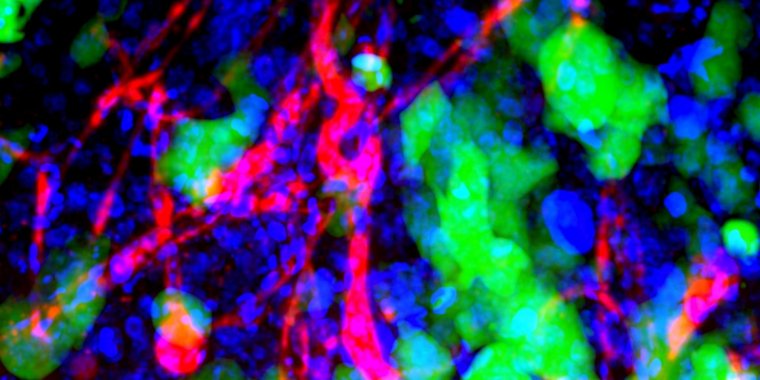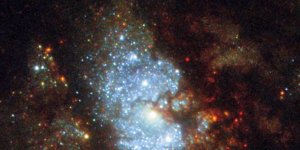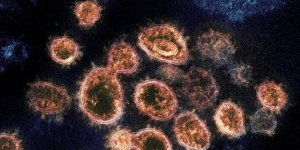| News / Science News |
Researchers successfully stop blood vessel, tumor growth in mice
Scientists at the National Institutes of Health and other institutions have devised a new strategy to stop tumors from developing the new blood vessels they need to grow.

This image shows blood vessels (red), cell nuclei (blue), and human metastatic breast cancer cells (green). Photo: Emily Wyatt, Mark Davis, California Institute of Technology
Once thought to be extremely promising for the treatment of cancer, blocking molecules that stimulate new blood vessel growth (angiogenesis) has proven ineffective because tumor cells respond by producing more stimulatory molecules.
The new strategy involves disabling key enzymes that replenish the molecule that cells need for the reactions that sustain new vessel growth.
The research team was led by Brant M. Weinstein, Ph.D., chief of the Section on Vertebrate Organogenesis at NIH’s Eunice Kennedy Shriver National Institute of Child Health and Human Development (NICHD).
Among the angiogenesis factors that stimulate new vessel growth is vascular endothelial growth factor (VEGF), which binds to a receptor on cell surfaces.
This binding sets off a sequence of chemical reactions inside the cells lining the inside of blood vessels, culminating in new vessel growth.
Previous attempts have sought to prevent this binding by targeting VEGF with antibodies or drugs, or by blocking the receptor so VEGF can’t bind to it. However, tumors respond by producing more VEGF, overwhelming such efforts.
After binding occurs, an enzyme that converts the compound phosphatidylinositol-(4,5)-bisphosphate (PIP2) into inositol triphosphate, which is needed for the reactions that fuel new blood vessel growth, and diacylglycerol (DAG). Through a series of enzyme-assisted steps, DAG is converted back into PIP2, allowing it to be recycled, as needed.
The researchers showed that they could stop angiogenesis by blocking any of the enzymes in this PIP2 recycling series. They first halted angiogenesis in human cell cultures and zebrafish embryos by disabling the genes for one or more of the enzymes. They then targeted tumors in mice with drugs that block the recycling enzymes.
Compared to normal mice, the treated mice had less tumor and tumor blood vessel growth. Moreover, adding more VEGF depleted any remaining PIP2, further reducing blood vessel growth. (National Institutes of Health)
YOU MAY ALSO LIKE





